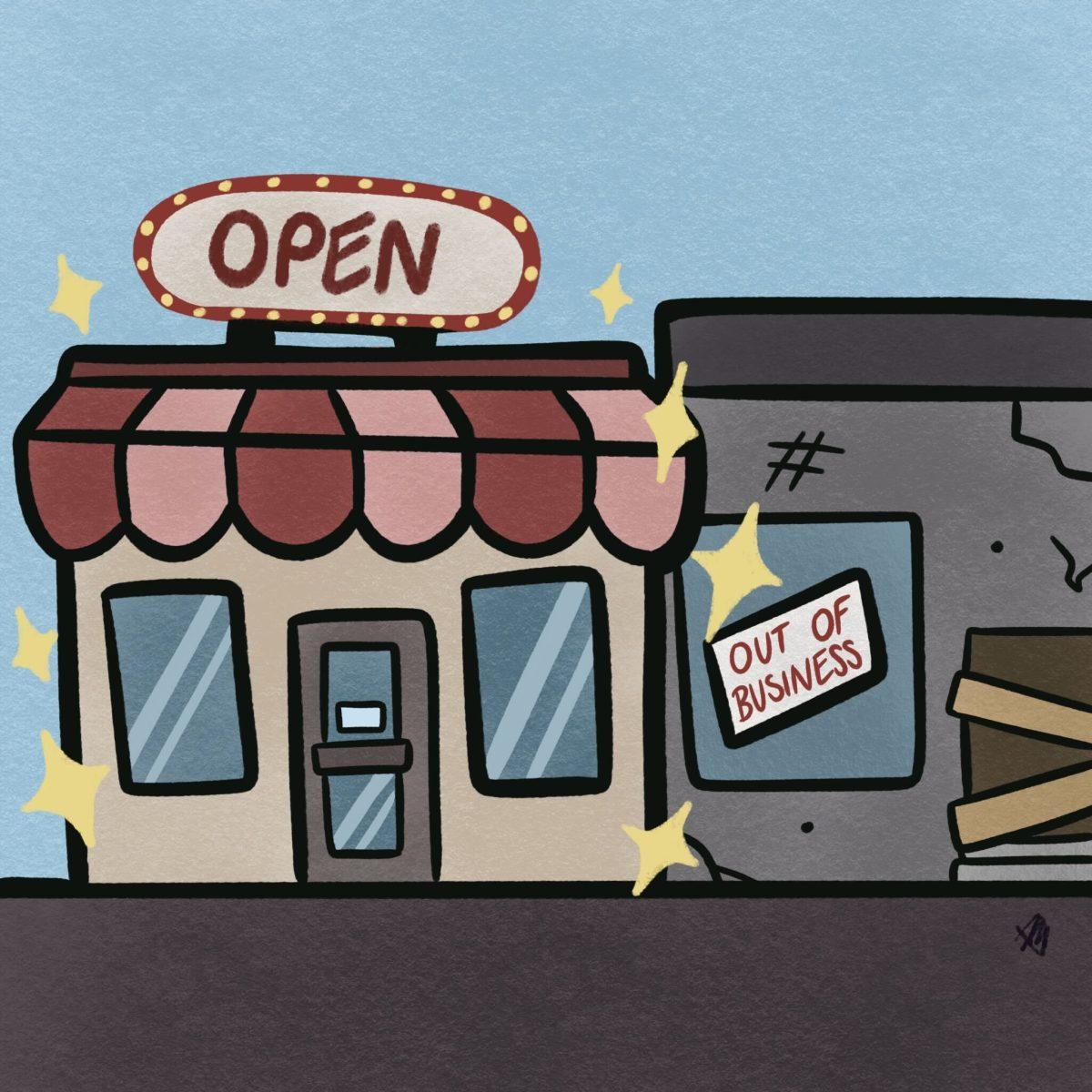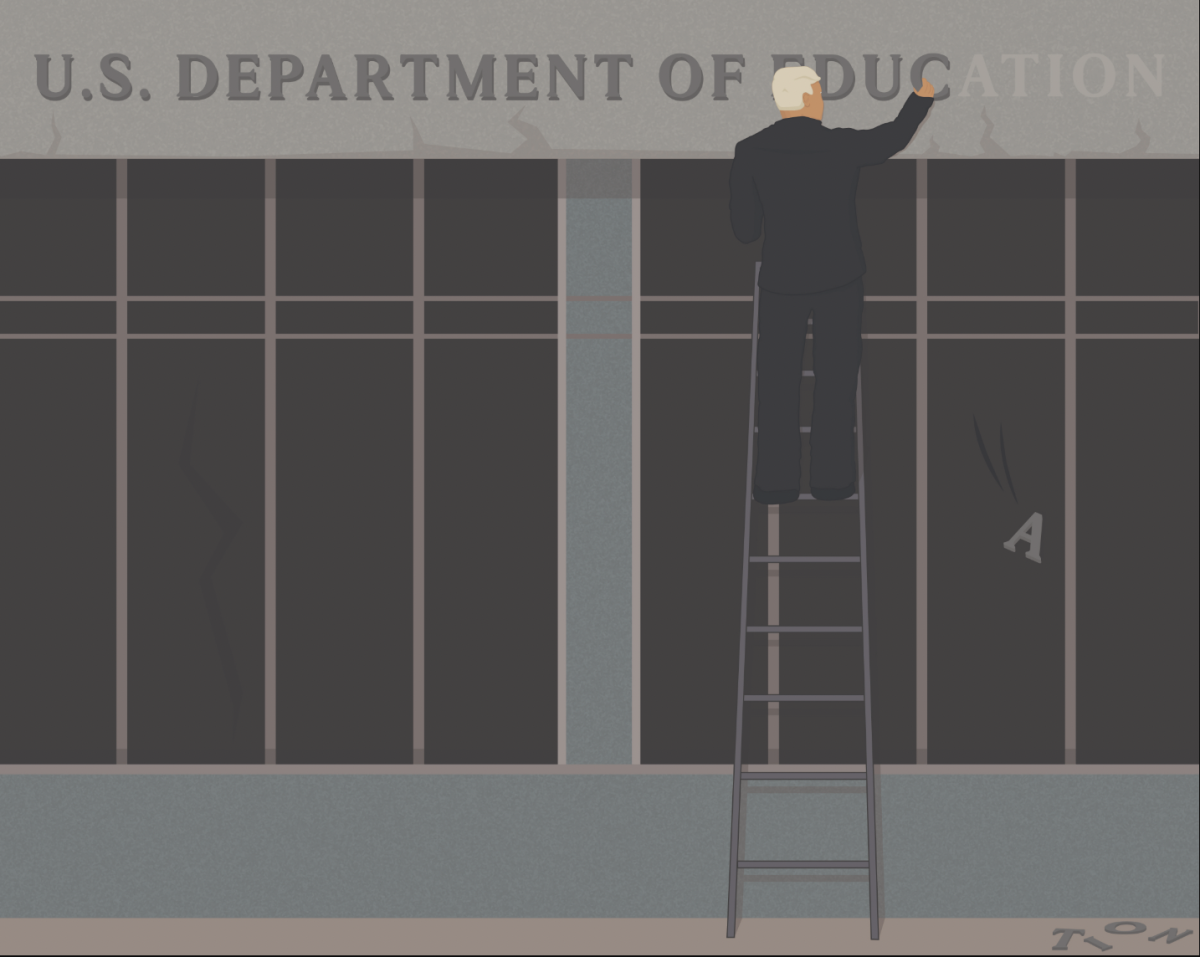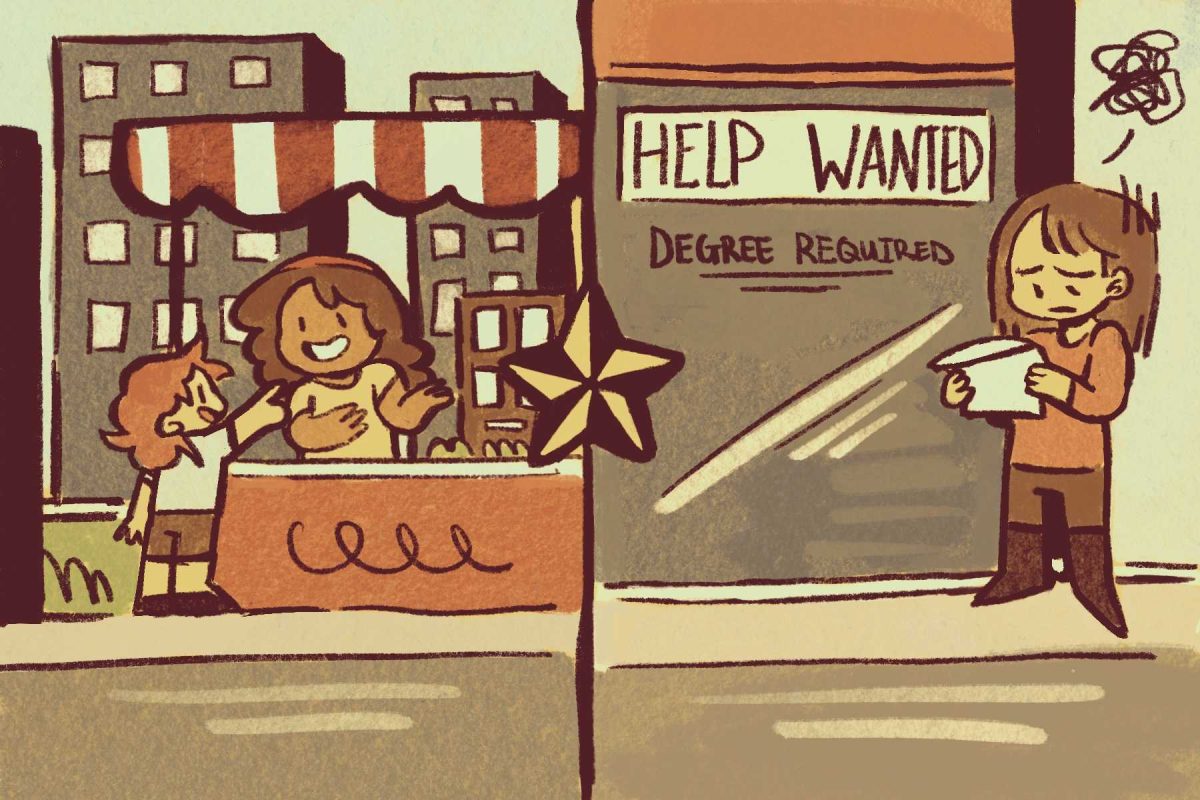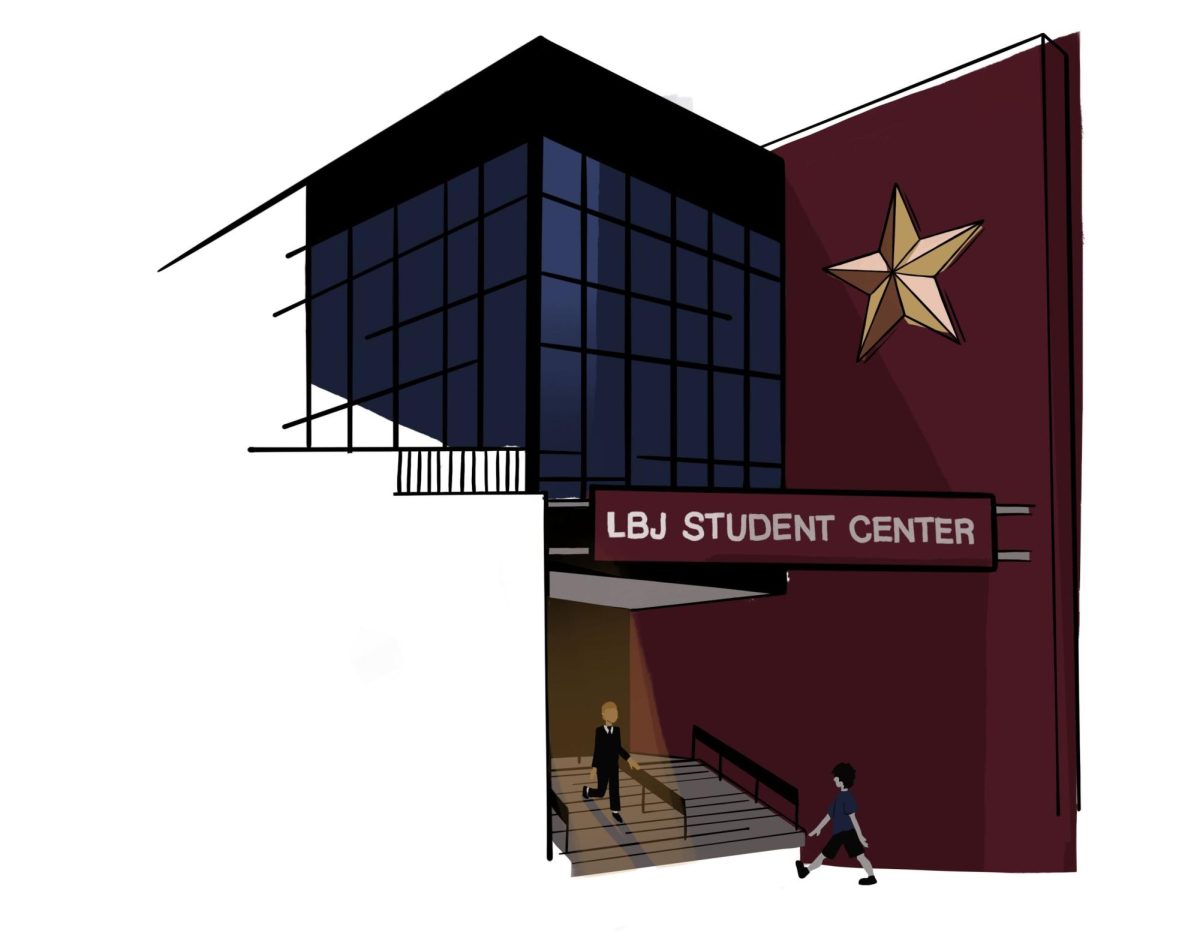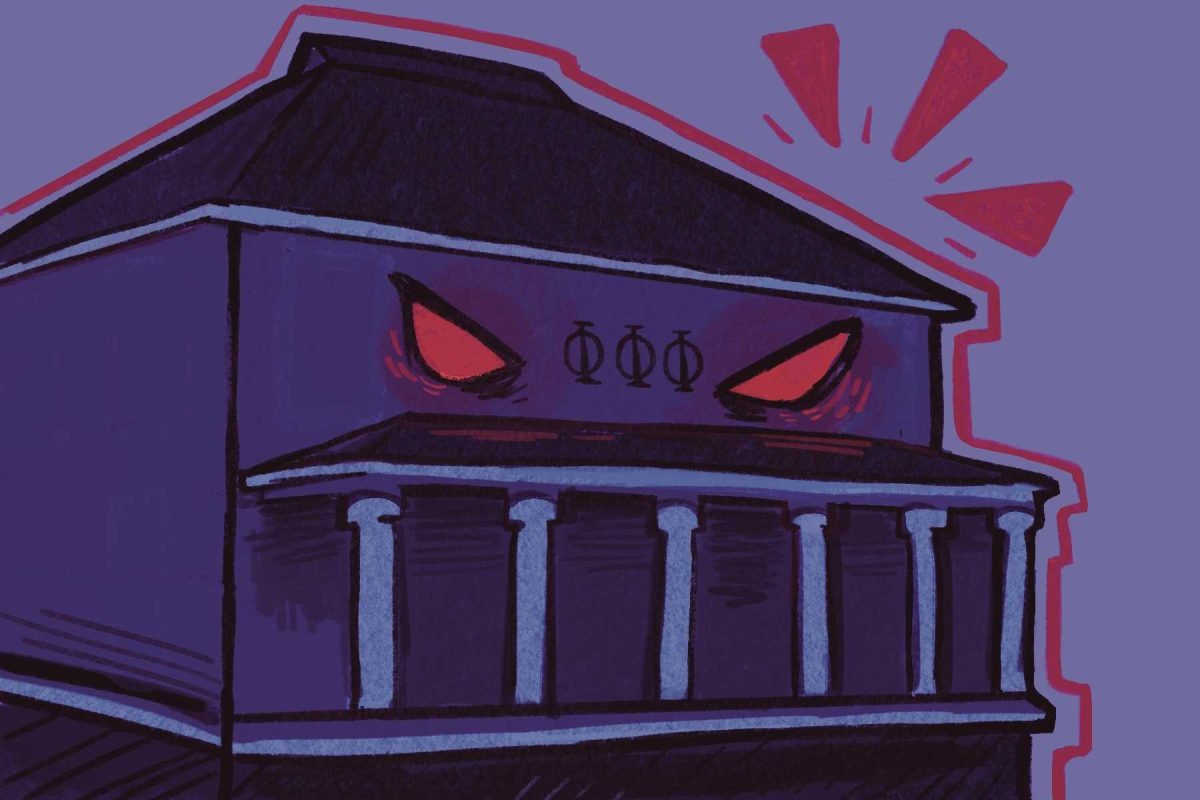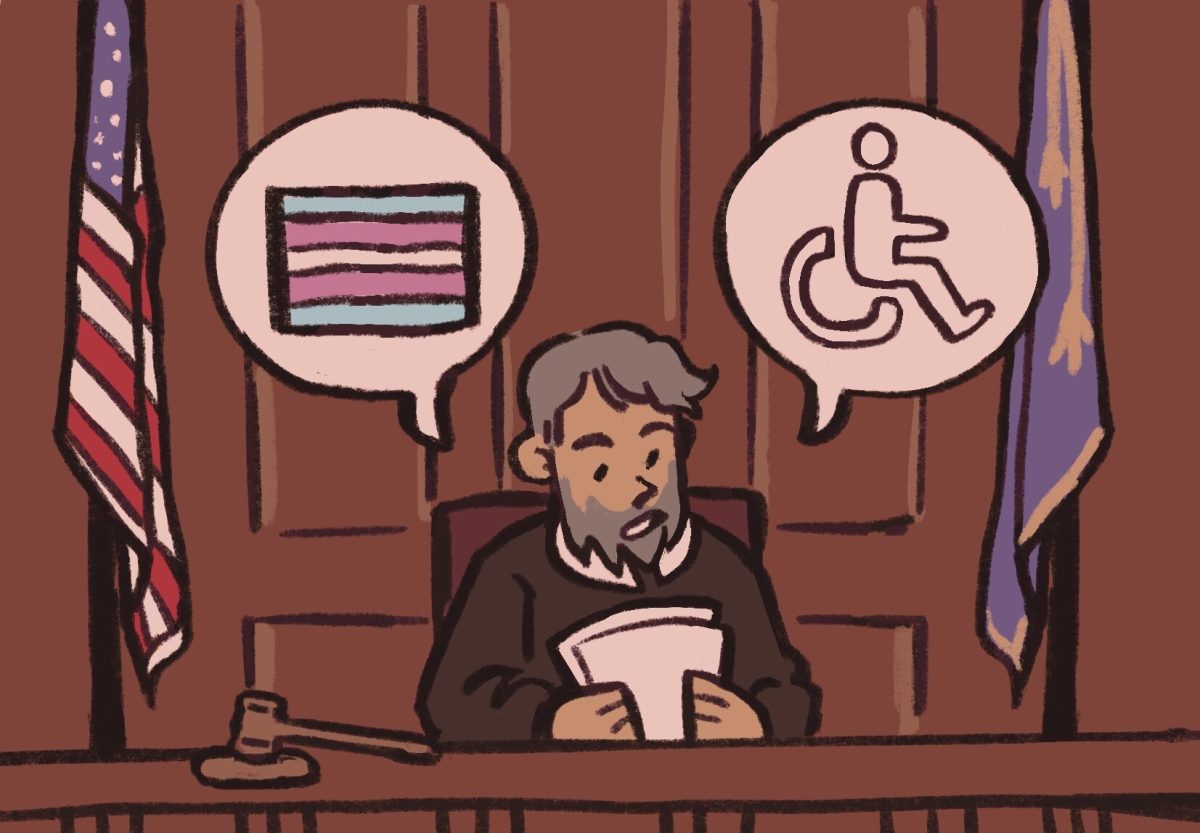In early June, the local community mourned the loss of the San Marcos location of Half Price Books. After two decades in San Marcos, the store owners cited rising rent costs as a significant reason to close up shop for good.
Further up the IH-35 corridor, long-time Austinites were disappointed to learn that Lucy in Disguise With Diamonds, a costume shop on South Congress, would be closing at the end of 2022 after 38 years.
The loss of these beloved local businesses suggests that increased gentrification in Central Texas is not only affecting the finances of long-time natives and local businesses alike but is also posing to alter the area’s culture. As residents, we should not allow this change to take place and should push for growth that is more beneficial to all members of the community.
Over the past several years, Austin and the surrounding metropolitan areas, including San Marcos, have seen an explosion in demand. There are many benefits to the increased interest in the area. But the entrance of wealthy businessmen and developers has transformed many of the area’s residential areas for those with lower incomes. While these changes may seem like improvements, this evolution threatens to harm the very culture that attracted people to the area in the first place.
Gentrification harms Central Texas because it causes prices to rise, pushing out lower-income residents. Gentrification occurs because neighborhoods in urban centers, many of which are formed due to decades of discriminatory housing, are often available at lower property values and are close to good jobs and transit, which appeals to those with higher incomes and economic developers.
While gentrification is not the sole cause of the exploding living costs, it certainly does not help. The Austin-Round Rock-Georgetown area saw an increase in costs of 17.8% from 2010 to 2020, and San Antonio and New Braunfels saw a 17.4% increase simultaneously.
In San Marcos, costs are on a similar rise, especially for students seeking off-campus housing. An increasing number of luxury apartment complexes are built in the San Marcos area every year and can be found for as much as $2,820 a month.
Luxury student housing complexes frequently raise the costs of student housing in the area and often increase the class divide between students. Students who cannot afford the costs of these apartments often work long hours to afford rent and live in subpar apartment complexes.
The rising costs of living contribute to the increase of food insecurity and homelessness. According to a local study hosted by the University of Texas at Austin, seven of the ten most common zip codes that homeless people cited as their last residence were considered gentrified areas. Once lost, those unhoused struggle to find safe living conditions, especially in extreme conditions such as Texas’ winter storms and excessive heat waves, and frequently find that resources for aid, such as homeless shelters, are at capacity.
Even for those who can remain housed, price increases threaten their livelihood. Food insecurity is exacerbated for low-income individuals in gentrified areas, as residents are unable to afford the more expensive grocery stores in their area. In addition, people with disabilities are at higher risk of food insecurity due to a limited, fixed income, further marginalizing a frequently mistreated group.
Gentrification harms Central Texas and other areas like it because it can accelerate racial disparity in housing and education. A study from Stanford University found that in the face of gentrification, Black residents from Black neighborhoods tended to move to poorer areas, and non-Black residents from other gentrifying communities would move to wealthier districts.
The latter benefit from better public schools and more public amenities, while the former often find themselves in areas with lower quality schools and higher crime rates. To make matters worse, redlining further limits the options of displaced residents of color. As a result, people of color in gentrifying areas often find themselves in significantly worse living situations, despite promises of a booming economy around them.
Gentrification will eliminate an area’s unique culture that its members hold dear. According to National Community Reinvestment Coalition, a key component of gentrification is the cultural replacement of an area.
Local businesses housed in such an area have no choice but to close their doors. Not only do their expenses increase in a gentrifying neighborhood, but their clientele is forced to move away. Moreover, they find it difficult to compete with chain stores taking up residence in their neighborhoods. The pandemic only hastened the shutdown of these local businesses, which will change the city’s landscape forever.
Supporters of gentrification argue that the changes are economically beneficial because the new developments will attract new visitors and inhabitants and stimulate the local economy. However, research has shown that developers and wealthier community members benefit from this more than long-time residents. Additionally, gentrification morphs a town away from its original appeal.
While change is inevitable and new people moving to Central Texas is a good thing, gentrification does more harm than good, and we should ensure that marginalized groups are not further marginalized and that the culture and traditions that hold the community together are not washed away.
-Tiara Allen is a marketing senior
The University Star welcomes Letters to the Editor from its readers. All submissions are reviewed and considered by the Editor-in-Chief and Opinion Editor for publication. Not all letters are guaranteed for publication.
Opinion: Gentrification will erode what we love about central Texas
Tiara Allen, Assistant Opinions Editor
September 2, 2022
0
Donate to The University Star
Your donation will support the student journalists of Texas State University. Your contribution will allow us to purchase equipment and cover our annual website hosting costs.
More to Discover



